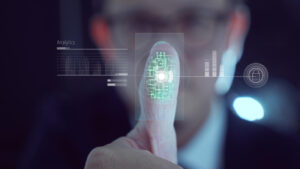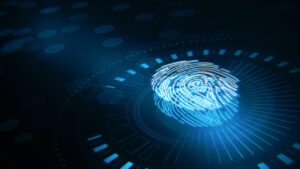Educational institutions store massive amounts of sensitive data on students, faculty, research, and operations stated by Bahaa Abdul Hadi. This data is highly valuable to cybercriminals, making schools a prime target for data breaches. Implementing multi-factor authentication (MFA) is critical for securing institutional data against unauthorized access.
The Risks of a Data Breach
A data breach at a university or K-12 school can have severe consequences:
Financial loss – Breached personal data can be used for identity theft and fraud, costing millions. Breached research data can undermine years of work.
Reputational damage – Data breaches erode public trust and damage an institution’s brand. This can impact enrollment, recruitment, fundraising, and more.
Regulatory penalties – Schools that fail to protect data may face fines, lawsuits, and loss of federal funding.
Interrupted operations – Breaches can result in systems being taken offline, impairing critical functions like registration, online learning, and more.
How MFA Protects Educational Data
MFA adds a second layer of security beyond usernames and passwords. Users must provide two or more credentials to gain access:
Knowledge factor – Something the user knows, like a password or PIN.
Possession factor – Something the user has, like a security token or mobile app.
Inherence factor – Something the user is, like a fingerprint or facial scan.
Even if a cybercriminal steals a user’s password, they cannot access the account without the second factor. This stops many automated attacks in their tracks.
Implementing MFA at Educational Institutions
Follow these best practices when rolling out MFA:
Prioritize accounts with elevated privileges – Enable MFA for system administrators, faculty, and staff first.
Choose user-friendly authentication factors – Options like SMS codes, security keys, and biometrics have high user adoption.
Educate stakeholders – Explain how MFA works and why it’s important to gain buy-in. Provide guides and training resources.
Enforce MFA through policies – Configure systems to require MFA and block access without a second factor.
Utilize centralized management – Deploy MFA through single sign-on platforms to streamline rollout.
Support diverse use cases – Ensure MFA works for critical systems like learning management platforms, VPNs, email, etc.
Plan for exceptions – Have backup codes available if users lose their second factor.
Securing Student Data
For students, prioritize MFA for:
- Campus portals with access to financial aid data, grades, and records
- Residence hall and building access systems
- Email and cloud application access
- Computers provided by the institution
SMS and mobile authentication apps work well for students since they already have phones.
Securing Faculty Data
For faculty and administrators, enable MFA for:
- HR, payroll, and financial systems
- Network and system administrator accounts
- Access to confidential research data
- Student record databases like SIS platforms
Faculty can use hardware tokens, biometrics, or security keys in addition to mobile apps for MFA.
The Bottom Line
MFA is essential for securing sensitive data against today’s cyber threats. By implementing MFA in a thoughtful way, educational institutions can enhance their security posture while enabling students and faculty to use critical systems and data resources productively. The minor friction MFA adds during login is a small price to pay for vastly improved peace of mind and data protection.
The article has been written by Bahaa Abdul Hadi and has been published by the editorial board of www.identityherald.com




